5 Signs Your Dog Is Protective Over You
Dogs are remarkable creatures, beloved for all the love and affection they give to us. It’s not a mystery why dogs have long been called our best friends. For centuries, dogs have been companions for humans in multiple ways.
We have police dogs, firefighter dogs, service dogs, therapy dogs, and other various occupations where dogs can improve lives for the better, outside of the love they bring in our homes.
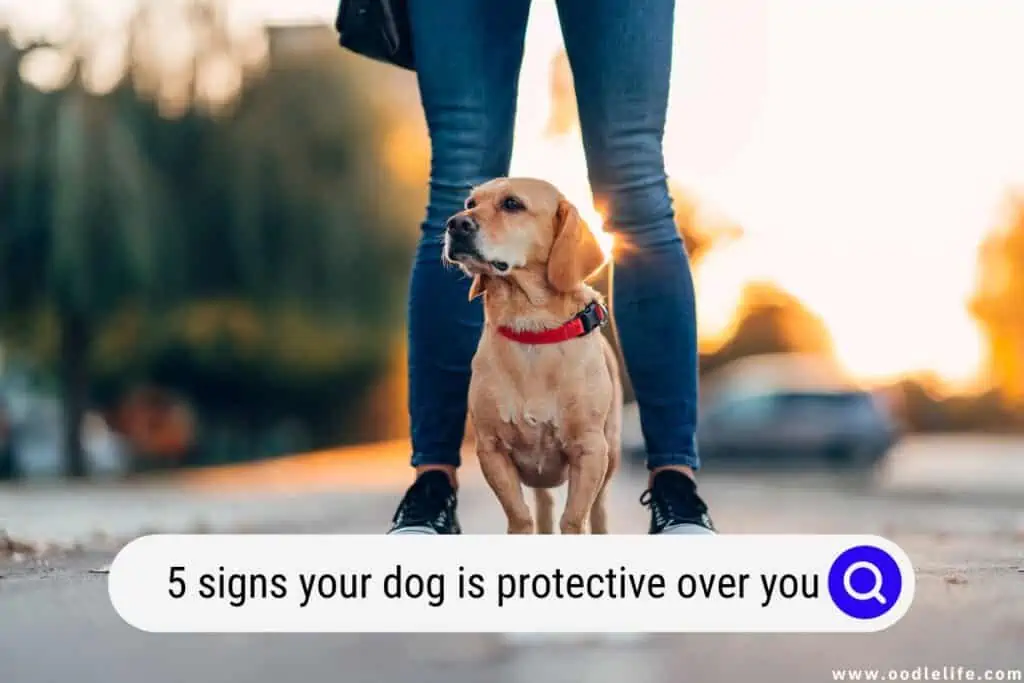
You may have noticed some behaviors in your dog that have made you curious, wondering why he does what he does. Depending on what he’s doing, these behaviors might fall under signs your dog is protective over you. However, these behaviors could also mean he is being possessive over you instead.
There are also other behaviors our canines can exhibit that are slightly different from a protective stance. Dogs can be protective but also can sometimes be possessive. The latter is usually an unfavored line of behavior, which will require redirecting the dog.
Possessive dogs will have trouble distinguishing real threats; an example would be other family members in the home. When a pooch is possessive over one family member, they may bark and try to bite other members, follow you everywhere, and just exhibit aggression.
And if your household has more than one dog, the possessiveness escalates because they want to ensure that they’re getting most if not all of the affection. Possessive dogs won’t want to leave your sight and will be aggressive to others who try to get close to you.
That’s why you should pay close attention to the following signs your dog is protective over you, to determine if your pup’s behavior comes from genetic makeup and genuine affection, or pure jealousy.
Sign 1 Growling
All dog owners will be familiar with this behavior, as it’s extremely common no matter what the breed. When dogs feel uncomfortable or threatened, they will growl as a defense mechanism.
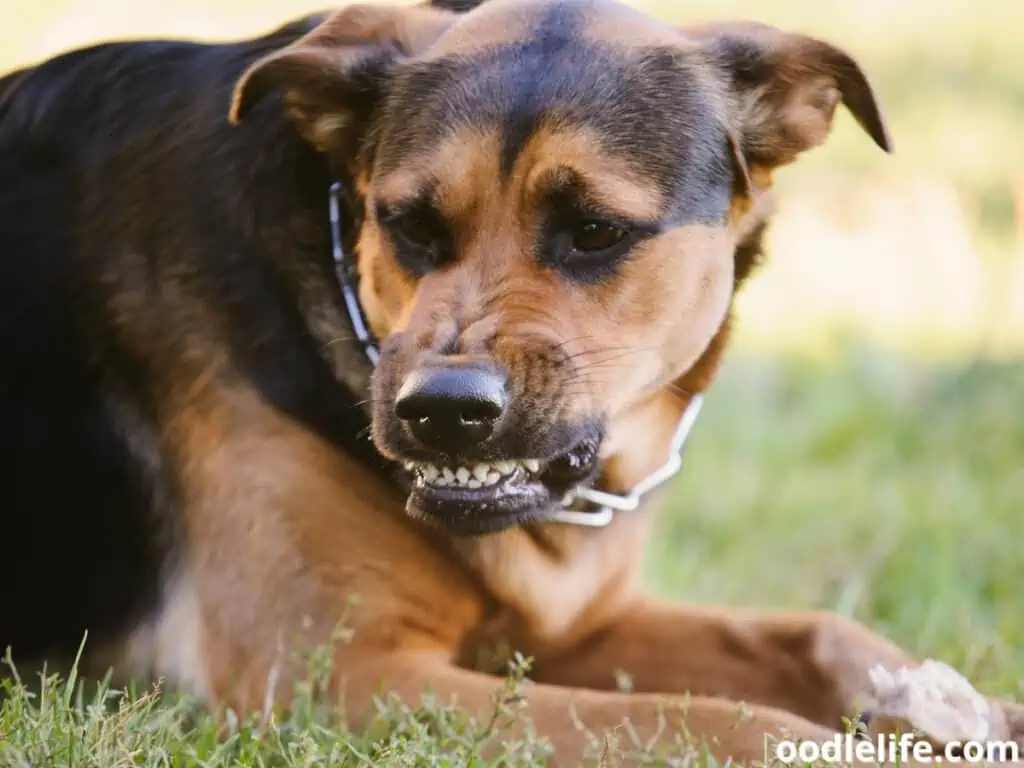
The growl serves to tell their potential enemy (whether it be someone walking their dog across the street or your mailman) to back off, while also alerting you that they sense something they don’t like.
When trying to consider if this behavior is protective or possessive, a dog owner should pay attention to see if he’s exhibiting other signs on this list, as well as what the potential threat is.
A dog walking across the street is a common source of growling, as well as any wildlife like birds, squirrels, or rabbits. When the growling is directed at another member in the house, or someone the dog knows is not a threat, this is a sign to be concerned.
If they react this way to someone they know isn’t a threat, then the growling is a sign of possessiveness over you, rather than protectiveness.
Sign 2 Being Very Alert
There have probably been many times when you’ve seen your canine assume a stiff position, ears up, and a gaze that can’t be broken, even with a treat offering.
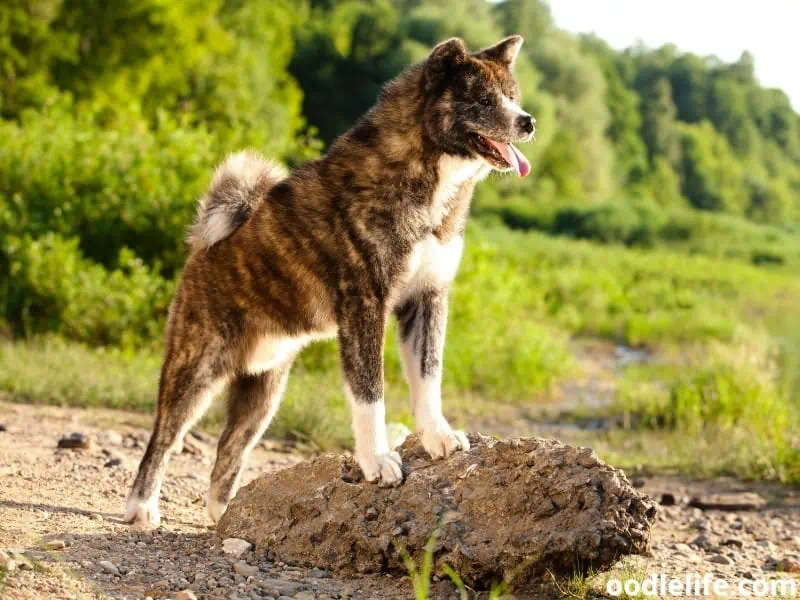
Being very alert is a sign that your dog is being protective, as they’re scoping the area for potential threats. If they see something they don’t like, they want to keep a close eye on it, which is why they might not respond if you call their name.
They’ll also want you to pay attention to it, so they might pair this with barking, whining, or another signal to let you know that something unfavorable is approaching or visible from their eye line.
It’s important to pay attention to patterns in this situation. While it is primarily a sign your dog is being protective over you, pay attention to who the perceived threat is. If they are reacting poorly to something or someone like your other dog, another close family member, or a friend, that is a sign of aggression.
A reluctance to listen when you try to call them off in these situations is another sign of possessiveness.
Sign 3 Teeth Exposed
Baring their teeth is another sign that your dog is being protective of you. Baring their teeth shows the potential threat that they mean business and that they won’t hesitate to bite.
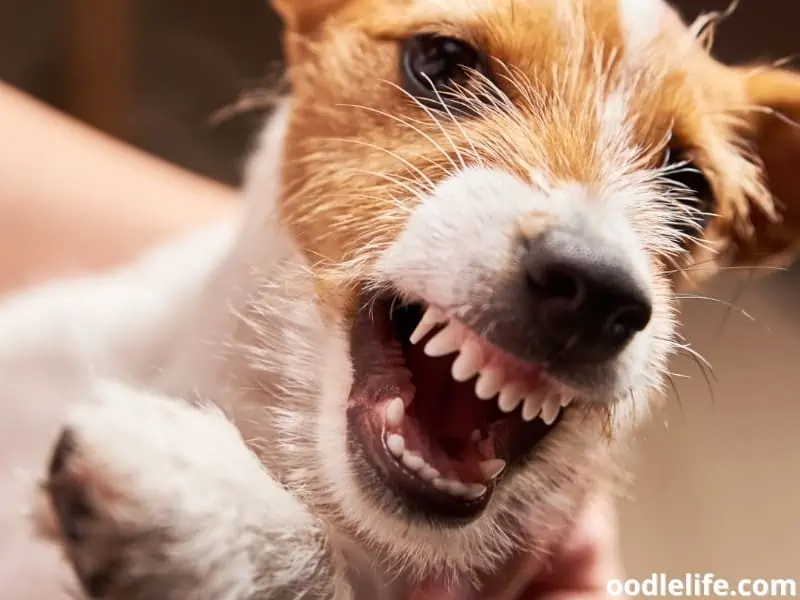
Teeth exposed, however, can also be a sign of possessiveness. It depends on the situation of when the teeth come out. As a sign your dog is being protective of you, your dog will expose their teeth to the perceived threat.
This could be another person walking their dog, maybe a kid across the street, or even other animals like a squirrel or rabbit. Though it’s not a true threat in our eyes, these are still things a dog would treat as a threat.
Teeth exposure can be a sign of possessiveness, especially if you’re around other dogs. It’s important to pay attention to the situation, as sometimes teeth are bared in just playful expressions.
If the teeth-baring accompanies other aggressive behaviors, it’s more likely that your dog is possessive over you.
If your household has more than one canine, the possessive one might bare its teeth at the other pups. You might see this when throwing a ball; your dog might be resentful if you play with one dog more than the other, so he might try to intervene and tell the other dog to go away.
It’s important to pay attention to how long the teeth are bared to seek out whether it was more playful or just an act of jealousy.
Sign 4 Wide Fixed Eyes
Wide fixed eyes are another sign that your dog is protective over you. However, the look is shared by dogs who may be showing possessiveness. Paying attention to the other body language the dog exhibits will determine where the behavior comes from and what you need to do about it.
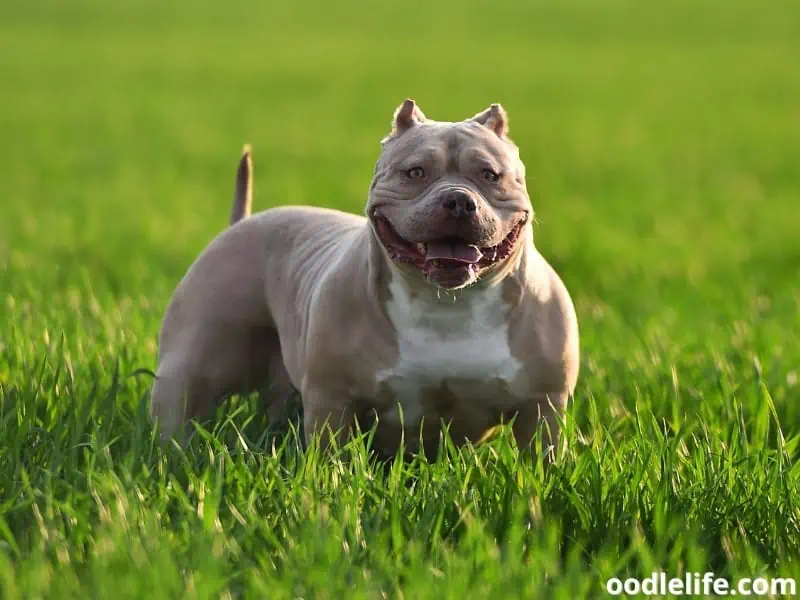
These eyes are referred to as whale eyes because all of the eyes, including the white parts, are exposed. Wide fixed eyes imply that they are on careful watch, surveying all of their surroundings to see the potential threat.
Whale eyes alone can’t determine protectiveness or possessiveness. Owners should rely on other body language and behaviors to decide.
Sign 5 Biting
Biting is another sign your dog is being protective over you, perhaps the most obvious next to growling or barking. Most times, you’ll be able to intervene before it gets to this point if the person or approaching animal isn’t a real threat by pulling him away or calming him.
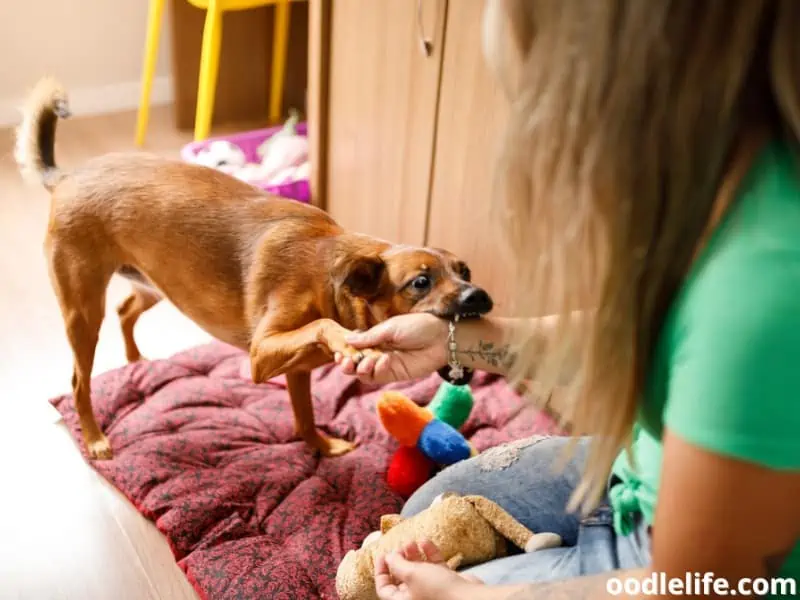
If your dog does bite the perceived threat, even after trying to call him off, looking at what or who that threat is will determine the difference between it being an action of protection or action coming from possessiveness.
In most cases, it will probably be possessive because if it were only protective, they would’ve listened to you calling him off.
If the dog has become vicious and tried to bite someone in the family they know, such as another household member, this can be a sign of possessiveness because they didn’t like someone else getting close to you.
Possessive and Protective
Dogs are dependable and lovable creatures. A strong sign of their affection is their dedication to protecting us; they want nothing more than to keep us safe, as we’re very valuable to them, as much as they are to us.
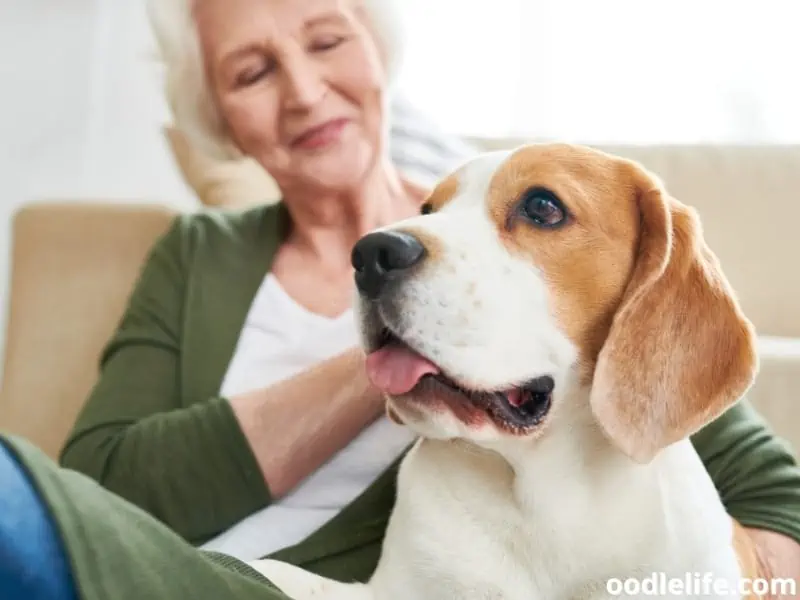
While being protective speaks of their love for us, signs of aggressive possessiveness are not to be ignored. Being irresponsible and not addressing these dangerous behaviors can result in consequences.
Possessive dogs will are stressed, which contributes to poor health. Another consequence; you don’t want your dog to bite anyone in general or other animals in your household.
To help your dog unlearn his possessive tendencies, you can start with obedience training. Dogs should always honor their owner’s commands, so starting there will reaffirm that you are in charge, not your canine.
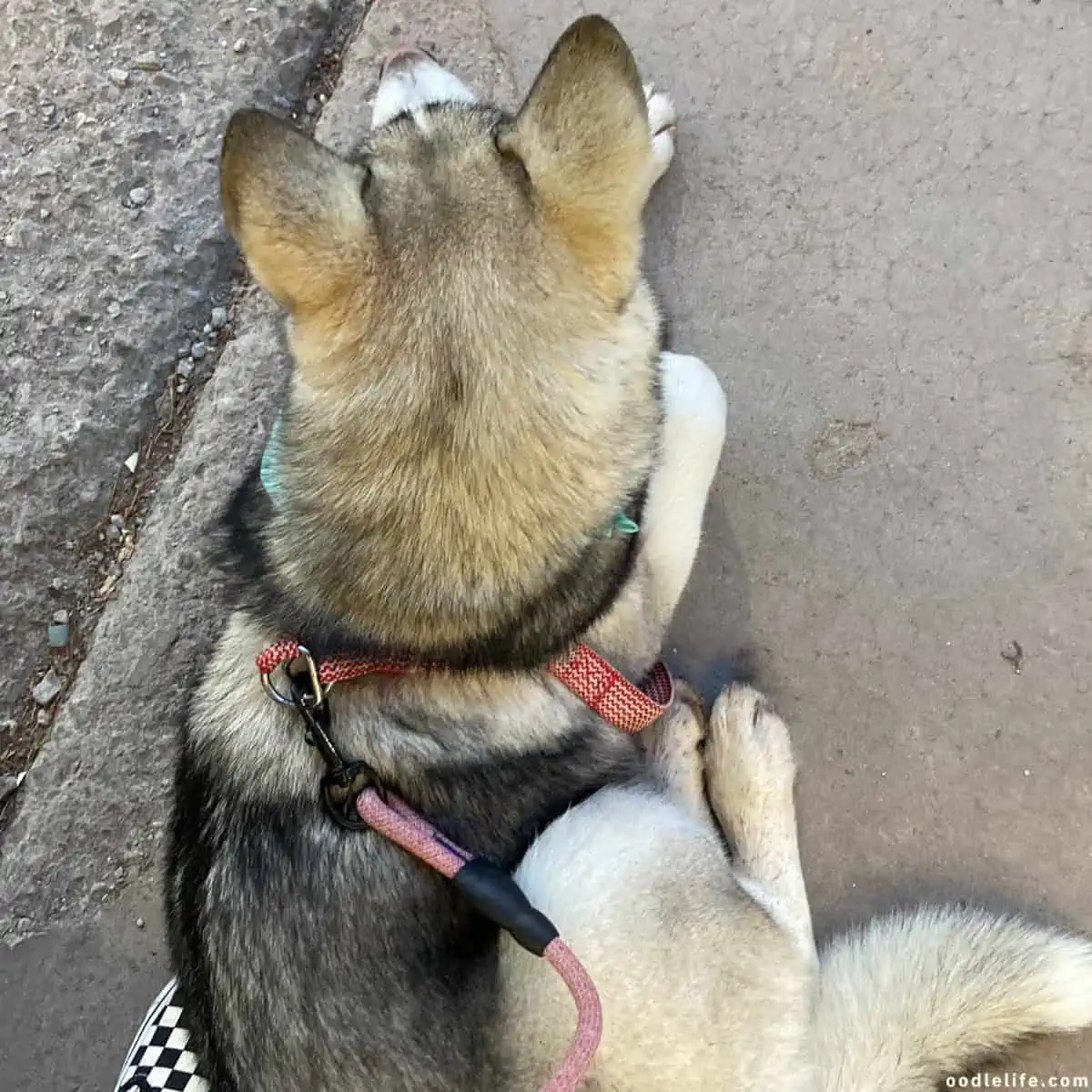
You can also pursue an appointment with the vet because underlying medical issues that cause pain would cause him to act out in aggression.
Another crucial method is socializing your dog. Making an effort to socialize your aggressive dog gradually with other people, pets, and animals over time helps them calm down.
If you think your dog is exhibiting aggression, pay attention and help them to help you both. Not aggressive? Then signs your dog is protective over you just means he loves you.